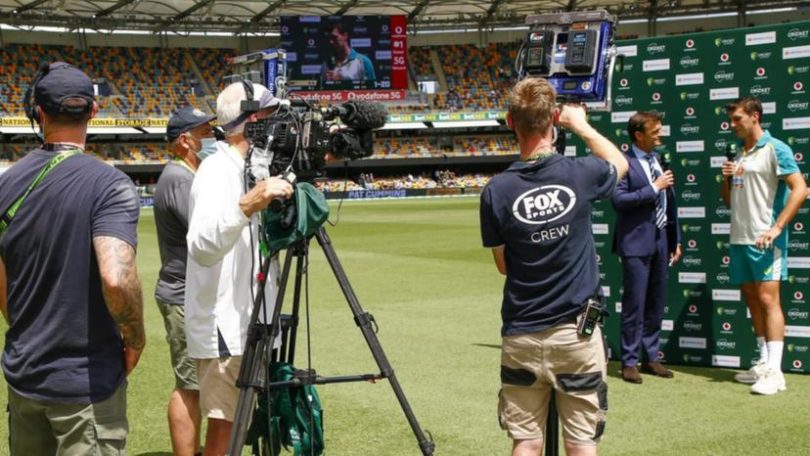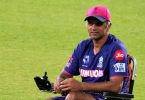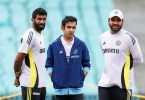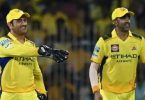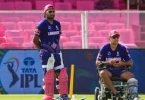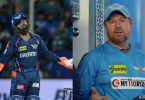Play continued throughout the interruption but under conditions of a bygone era when there was no third umpire.
“We’ve very sorry,” Cricket Australia (CA) chief executive Nick Hockley told reporters in Sydney.
“It hasn’t been ideal.
“These things happen. My understanding of the situation, and we will get full details and a full report, is it was an issue with one of the generators.
“Very appreciative of everyone who worked very quickly to get the feeds and signal back up and running. We can only apologise to the fans.”
The problem, coming after a series of technology issues affected the tools used by the third umpire throughout the Test, was exacerbated because most commentators were calling the match from outside Queensland.
The number of broadcast and Decision Review System (DRS) staff at the venue was also reduced, compared to a normal Test, because of Queensland’s border restrictions.
“We just thank everyone for their flexibility, their ingenuity,” Hockley said.
It emerged on Thursday that the third umpire was not monitoring no-balls at the Gabba.
Ben Stokes was denied the key wicket of David Warner because he overstepped, with replays revealing the allrounder’s three previous deliveries were also ‘illegal’ but went unpunished.
On Friday, Australia were frustrated by the absence of a key part of the DRS.
CA said the Snickometer, which uses a sensitive microphone to try to detect whether a batter has edged the ball, was offline and it was impossible to quickly fix.
“It doesn’t affect you out there on the field, apart from the review systems going down,” England captain Joe Root said.
“I don’t think it had an impact on the Test match, on this occasion.
“It must be frustrating for fans watching around the world.”
Match referee David Boon kept teams informed about the various issues.
The full suite of DRS devices is expected to be used during the second Test, which begins at Adelaide Oval on Thursday.

